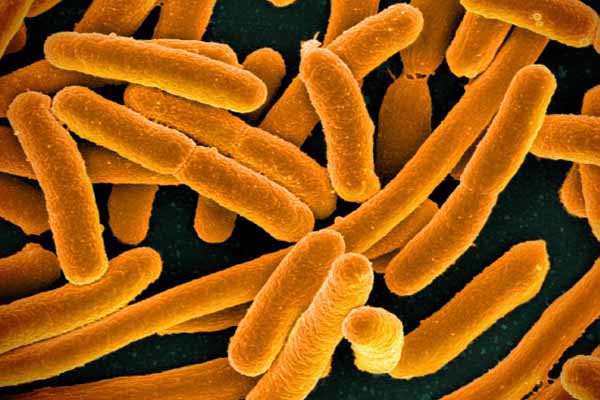
Health officials have confirmed two E. coli cases in Texas associated with tainted romaine lettuce produced in California.
Officials with the Department of State Health Services (DSHS) and U.S. Centers for Disease Control and Prevention (CDC) had few details about the Texas cases.
At least 67 people in 19 states have been sickened during the outbreak as of last week, the CDC said.
“Of those people, 39 said they were hospitalized, for a hospitalization rate of 78%,” CDC said on its website. “Six people have developed the complication called hemolytic uremic syndrome (HUS), which can cause kidney failure and death.”
All of the illnesses have been traced to romaine lettuce from the Salinas, Calif., growing region.
“This outbreak is caused by the same strain of E. coli O157:H7 that caused outbreaks linked to leafy greens in 2017 and to romaine lettuce in 2018,” CDC said.
Between 2011 and 2015, the average number of E. coli-related illness in Texas had been 563 cases per year (ranging from 486 to 612), according to DSHS. More than 1,000 cases associated with contaminated leafy vegetables were reported in 2016 and 2017, the last year for which information is available.
Texas physicians should be on the lookout for patients with symptoms of E. coli infection, which include a mild fever, vomiting, severe and painful abdominal cramps, and diarrhea that is bloody and watery.
“This infection can spur a complication called HUS, which is caused by toxins produced by the bacteria destroying the kidneys,” CDC said. “Symptoms of HUS include little urine output, lethargy, pale skin, bleeding from the nose and mouth, and unexplained bruises.”
More information and resources on E. coli, including investigation guidance, can be found on the DSHS’ website.
Photo: Creative Commons